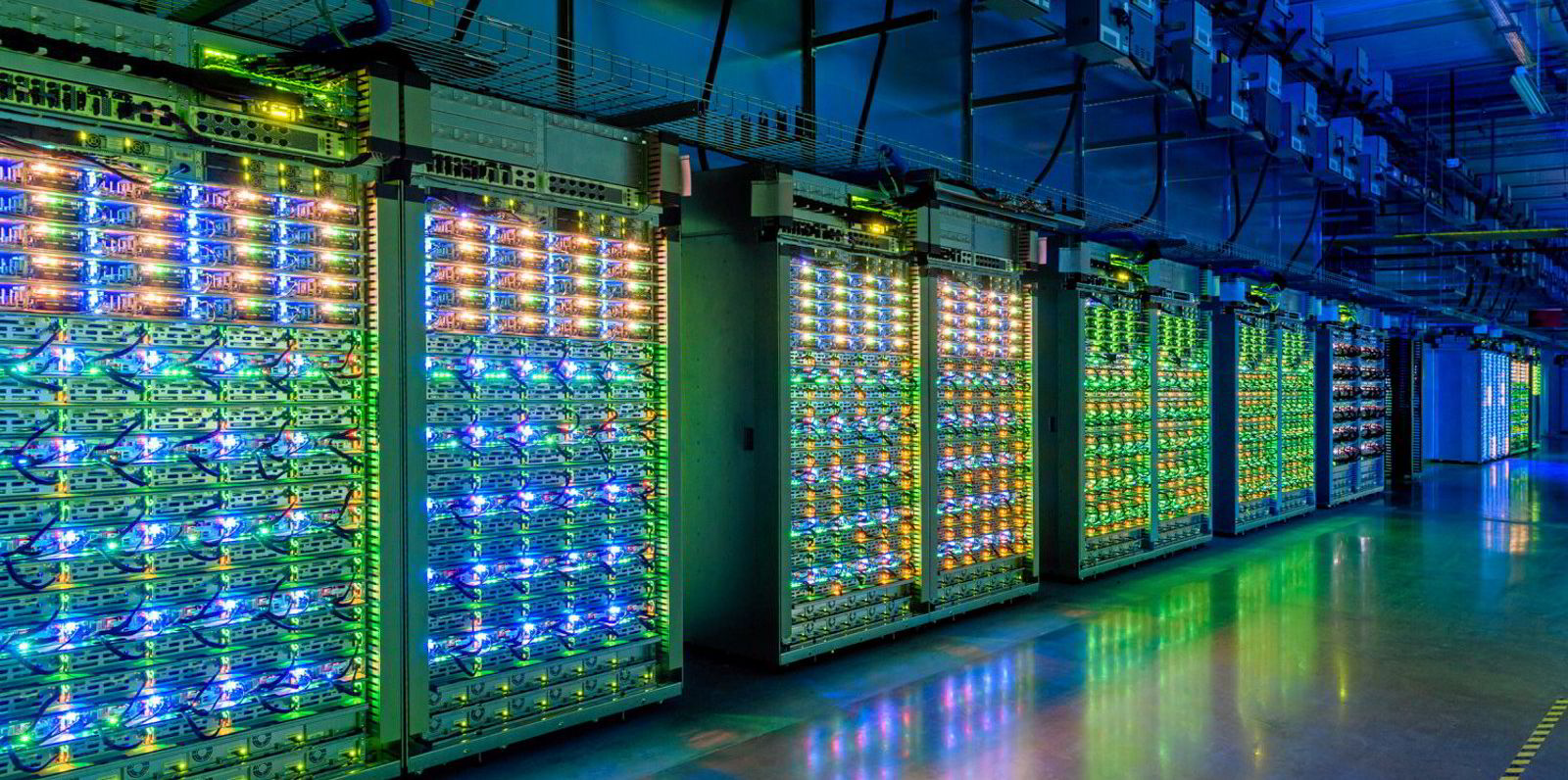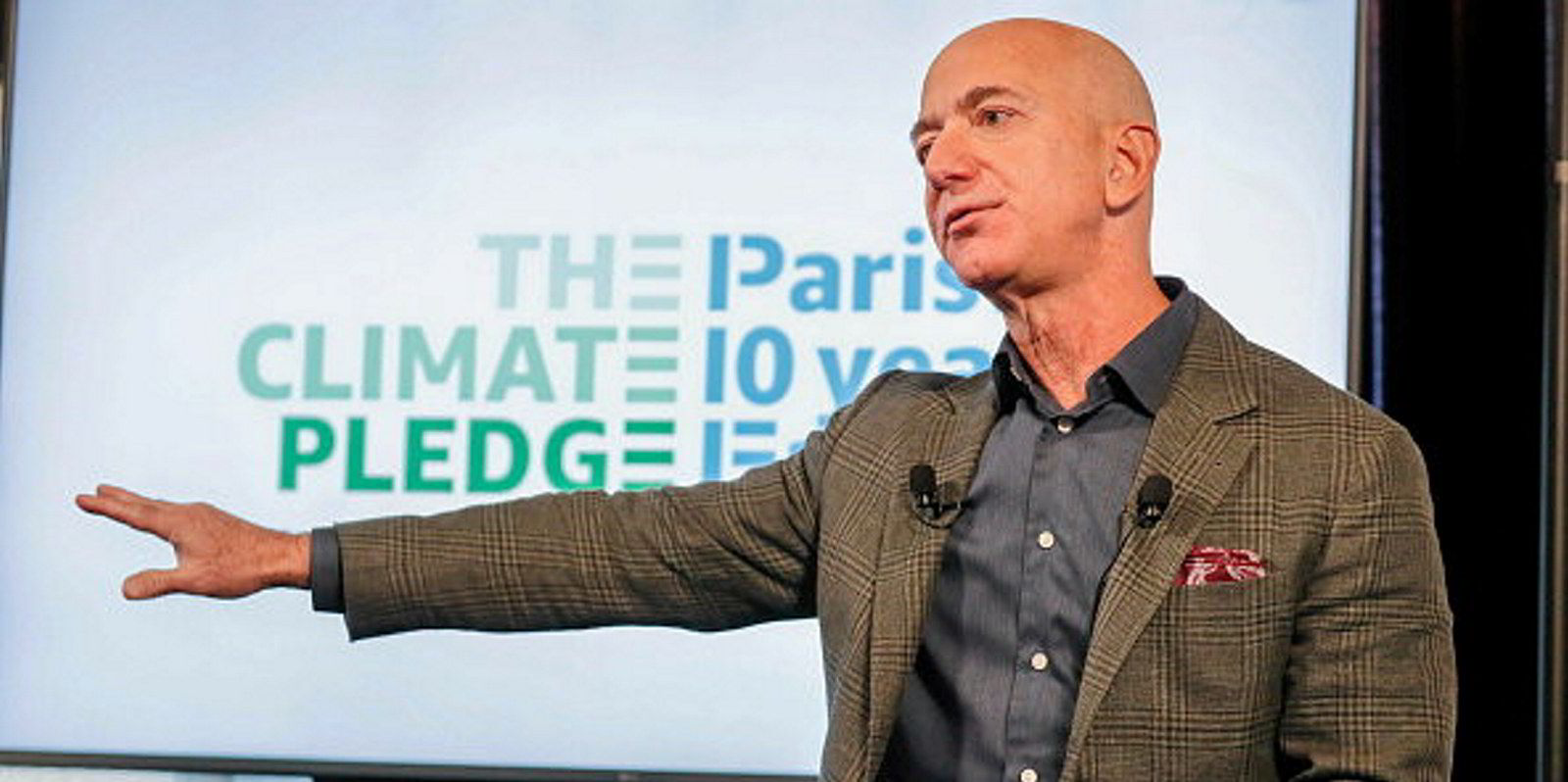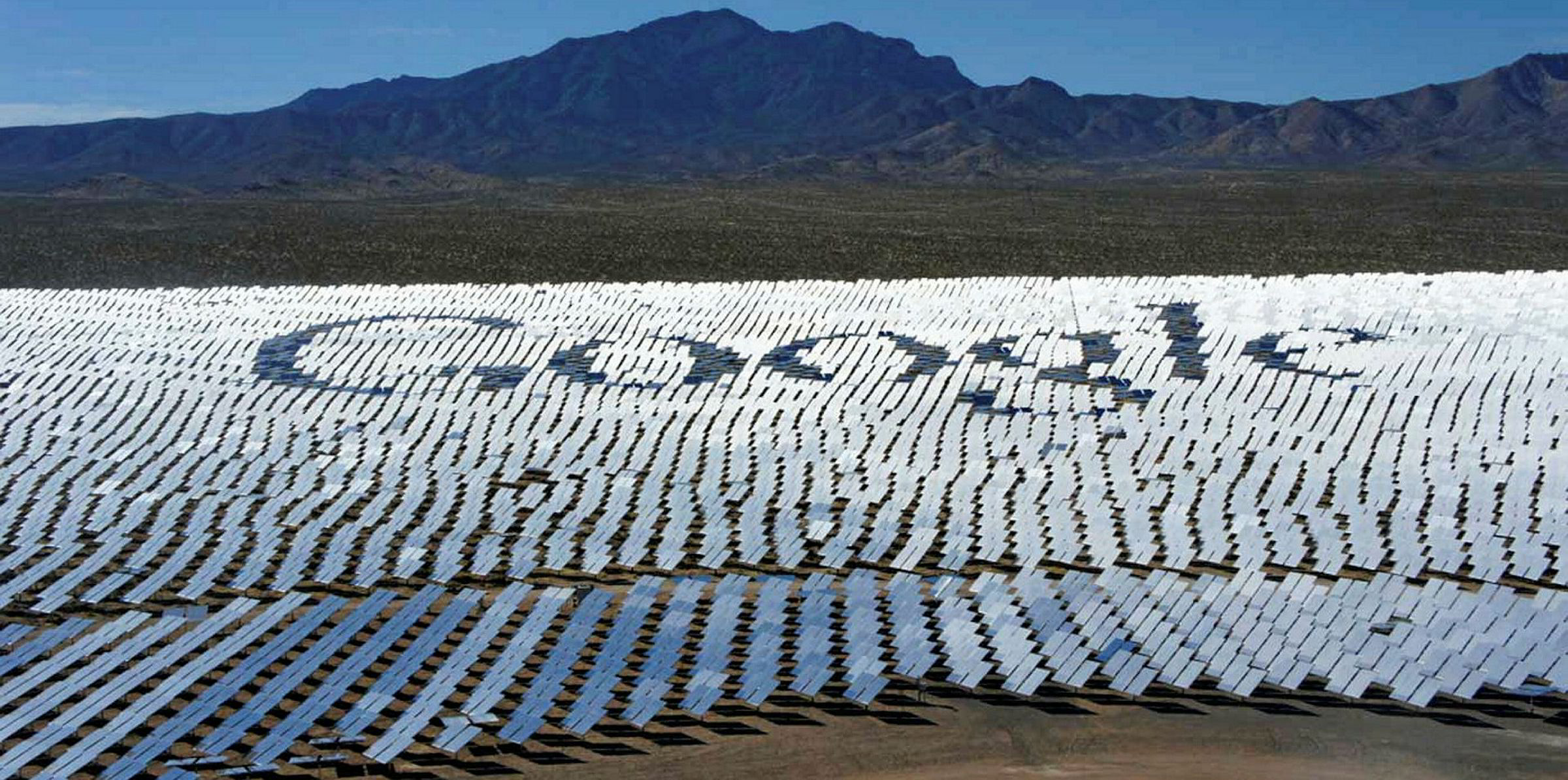Google will install what’s claimed to be the first battery-based backup power system at a hyperscale datacentre when it swaps it in for a diesel generator at one of its giant IT facilities in Belgium.
The US technology giant will switch to a battery-based backup at the Saint-Ghislain datacentre to offer "millions of watts" of stored renewable power within seconds in the event of disruption to its main feed.
Backup is a vital support function at the growing number of energy-hungry datcentres deployed around the world to handle ever-more critical data functions of a web-based world.
Although an increasing number – especially new-builds – are tapping renewable supplies for their main power needs, backup has remained dominated by diesel because of the instantaneous nature of the response required.
Google claimed technology at the Belgian project is a pioneer for hyperscale datacentres – defined in the IT industry as the very largest facilities, of which about 500 are in operation globally, and reckons some 20GW of diesel-based backup capacity is deployed across the sector as a whole.
The web giant has not so far revealed any details of the battery's capacity or other technical specifications, saying only that it will be deployed "soon".
Grid integration
By its nature backup power is rarely used for its primary purpose, but Google said it will work with Belgian network operator Elia to see how the battery can be integrated into the wider grid to help to smooth-out supplies, helping "backup systems at datacenters go from climate change problems to critical components in carbon-free energy systems".
The Saint-Ghislain datacentre is already home to Google’s largest on-site PV deployment generating about 2.9GWh annually, and was the first in its fleet to eliminate mechanical chillers.
Google has emerged as one of the world’s largest procurers of wind and solar energy globally, helping it to cover its entire corporate usage with renewable generation.
The web giant this year said it will start a new push to turn that into 24/7 real-time zero-carbon energy supplies, which it described as a “moonshot” effort that could draw on new technologies such as green hydrogen or even nuclear.




